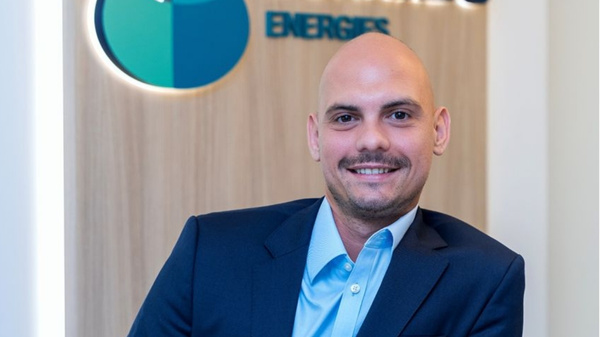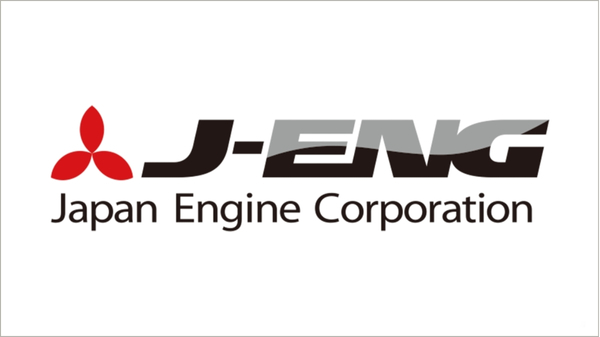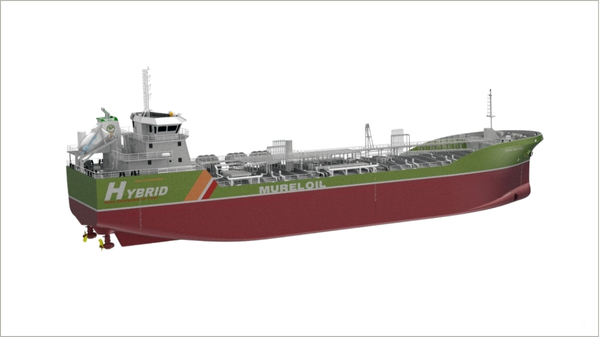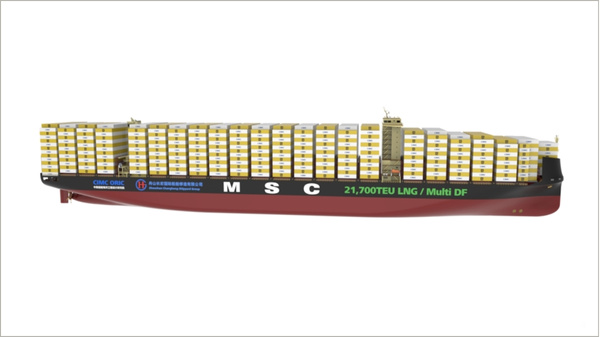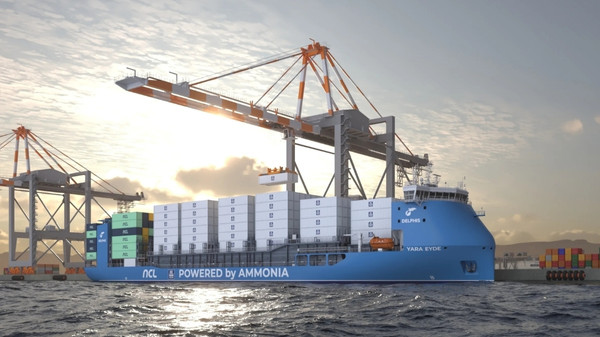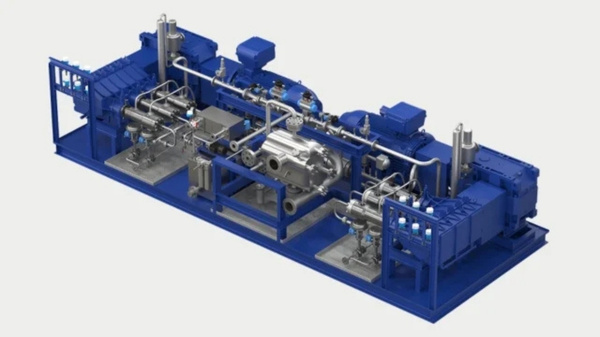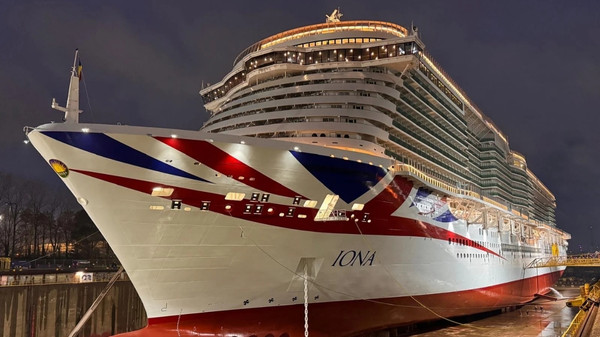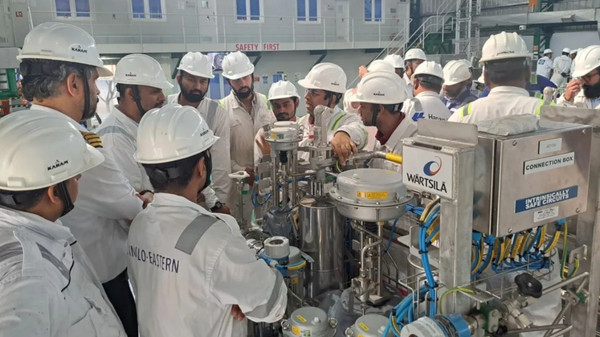Mutual marine insurer, the
West of England P&I Club, has informed its members about the measures that have been recently introduced by the
Maritime and Port Authority of Singapore (MPA) that are aimed at reducing the likelihood of incidents concerning the short delivery of marine fuel taking place.
Mass flow meters
In April 2014, the MPA announced that the fitment of mass flow meter technology would be mandated on licensed bunker tankers in Singapore. Mass flow meters, with no moving parts in contact with the flow of product through the meter, aim to give an accurate measurement (typically of 0.5%) of the mass of a product that has been pumped through the meter, and are not fooled into giving higher false meter readings by the presence of entrained air within the product being pumped. Mass flow meters are fitted with non-resettable and resettable totalizers, and are able to print out a metering ticket detailing the bunkering operation and the mass (in air) of the product supplied.
From 1st January 2015, all bunker tankers applying for a bunkering license for delivery of residual fuel oil from the MPA have been required to be fitted with a mass flow meter. From 1st January 2017, the usage of this technology will be mandated on all bunker tankers licensed by the MPA for delivery of residual fuel oil.
West of England warns that the use of mass flow meter technology is set to "substantially change bunkering procedures". It points out that no measurements of the supplying vessel's tanks will be allowed prior to or after a stem of residual fuel oil, typically saving three hours for an average bunkering operation.
The P&I Club advises that the chief engineer, or designated ship's officer overseeing the bunkering operation should consider the following steps in relation to receiving bunkers from a mass flow meter equipped bunker tanker.
- Confirm the grade and quantity of the bunkers to be received with the supplying vessel.
- Confirm the pumping rate, which must be more than the minimum and less than the maximum permitted for the mass flow meter.
- Check that all seals are in place and intact, at all sealing points identified in the mass flow meter system diagram. Ensure the seal numbers match those stated in the latest seal verification report available from the supplying vessel.
- Record the meter readings of the non-resettable totalizers and ensure the resettable totalizer is set to zero.
- Check that the supplying vessel fills the cargo line as quickly as possible.
- Ensure the agreed pumping rate is adhered to.
- Record all stoppages.
- All parties, being receiving vessel, supplying vessel and bunker surveyor are to agree when the delivery and subsequent line clearing is finished.
- Record the final meter readings from all totalizers.
- Re-check that all seals remain in place, are intact and the seal numbers match those listed on the latest seal verification report.
- Obtain a copy of the bunker metering ticket and a Bunker Delivery Note from the supplying vessel.
Causes of the 'Cappuccino Effect'
In its Loss Prevention Bulletin: Bunker Disputes - The 'Cappuccino Effect', West of England highlights three main causes of the capuccino effect:
- The bunker barge may inject compressed air into its tanks prior to joint soundings being taken to increase the apparent volume of the fuel oil before it is transferred.
- Compressed air may be injected into the fuel oil during the transfer, either in the vicinity of the discharge pump, or into the tank or into the discharge line. This may be by using the compressed air equipment designed to blow through the pipelines after discharge, or via a separate system.
- The stripping of bunker tanks using a positive displacement pump means that air will be drawn into the fuel oil when pumped. Consequently, excessive stripping by the bunker barge may also result in the 'cappuccino effect'.
Signs of the 'Cappuccino Effect'
West of England notes that the presence of one or more of the following may indicate that fuel supplied to the vessel contains an excessive amount of air:
- Look for foam and/or frothing on the surface of the fuel oil on the barge prior to bunkering, and on the vessel while bunkering is taking place and on completion.
- While taking soundings on the bunker barge or on the vessel, check for bubbles on the sounding tape or brass bob.
- If possible, check the bunker barge supply pump and supply pipework prior to pumping and look for any suspect connections, remembering that an air injection line may be quite small.
- Ask the bunker barge crew for details of how they carry out tank stripping and line blowing (where employed) and inspect the line blowing arrangements before bunkering commences.
- Once bunkering has commenced, open the manifold sampling point at regular intervals placing a clean glass receptacle underneath. Check the samples for frothing or an excessive amount of air bubbles.
- Unusual gurgling noises from the supply line or at the manifold may also indicate the presence of air.
- Variations in line pressure at the manifold may be an indication that air has been introduced into the line.
- Monitor the supply hose for unusual movement. When a large quantity of compressed air is passed through a hose containing fuel oil, the hose may tend to jolt or shudder.
- Listen for unusual noises from the fuel tank vent head; ball or float valves may vibrate or rattle if excessive air is present. Also check whether the amount of air being vented from the fuel tanks appears to be greater than normal.
- Check the density of the fuel oil received. A lower density than expected (taking account of any temperature change) may indicate the presence of air.
If it is suspected that air may have been introduced into the fuel oil, West of England advises its members to board the bunker barge and ask to see the line blowing arrangements and the air compressor.
If these have recently been in use, the compressor and its connections will be warm, while the compressed air delivery line will be cold. Empty compressed air bottles may also provide an indication that the fuel oil has been injected with air, the P&I Club points out.

